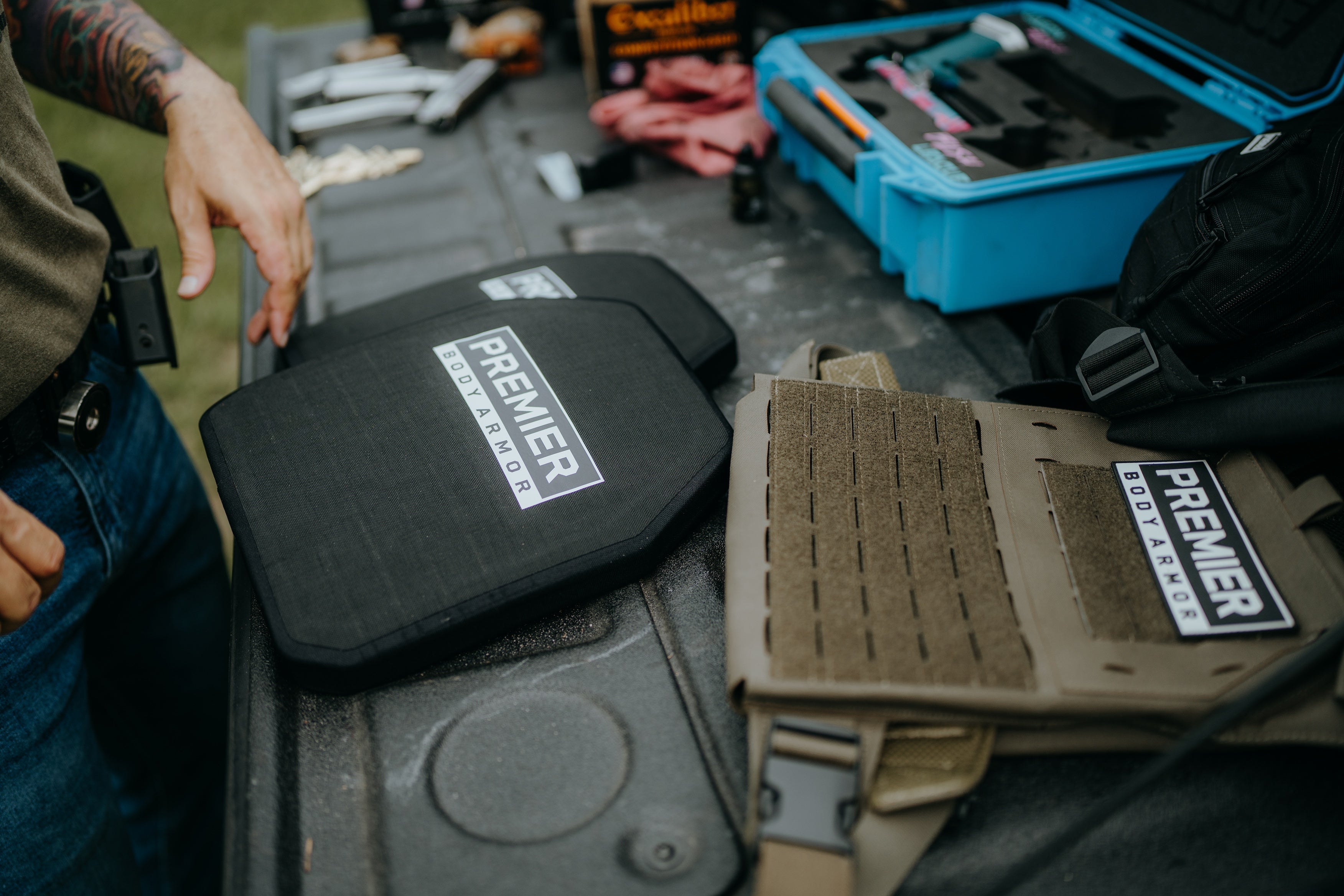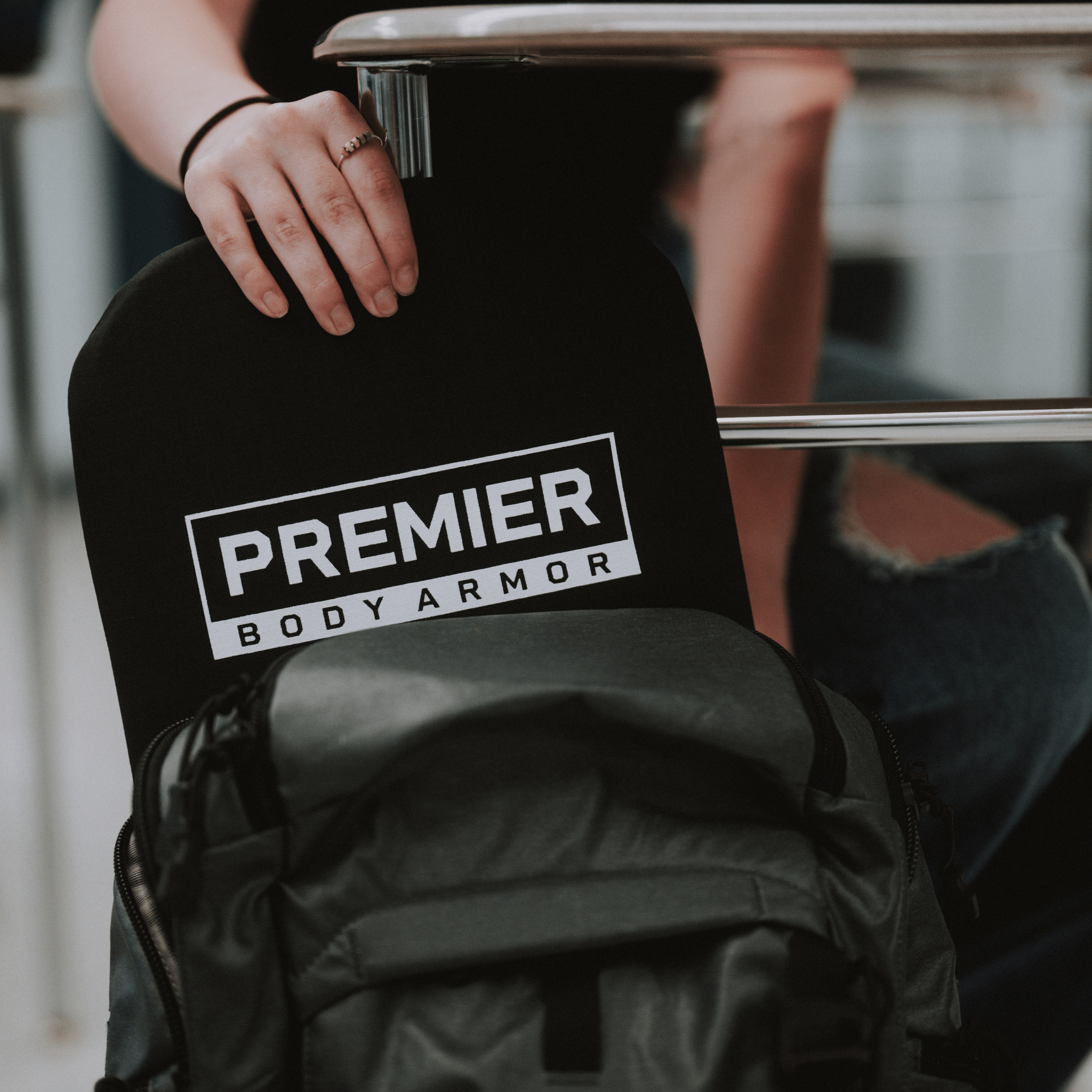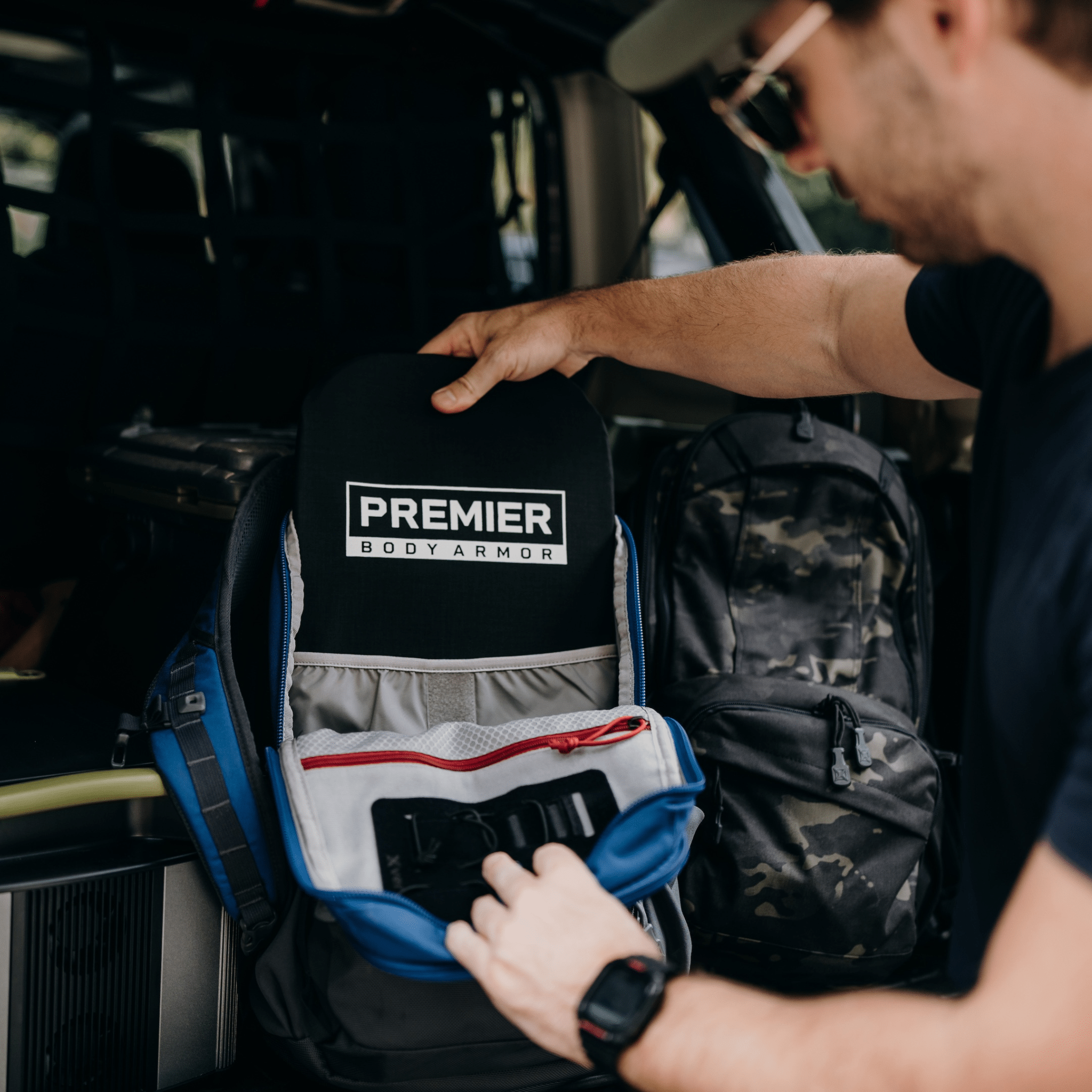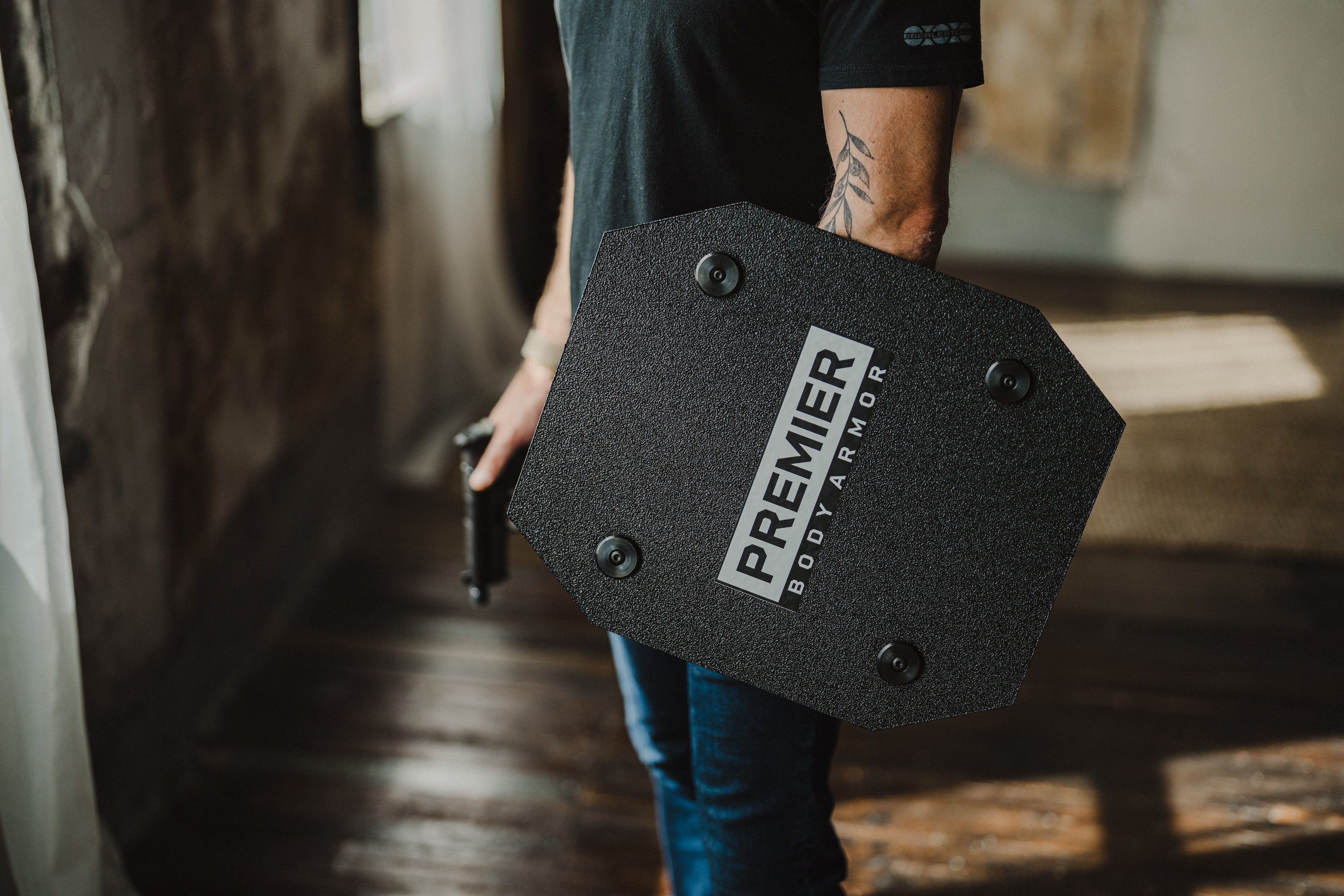What is Stop the Bleed?
In times of emergencies, every second counts. Whether it's a car accident, an act of violence, or a natural disaster, one of the most critical skills is to have the ability to stop bleeding and save lives. Recognizing the importance of this skill, the Stop the Bleed program was created. It's aim is to empower individuals to become immediate responders in emergencies.

In this article, we will delve into the program's history, its implementation and spread today, the implications on different groups, and how you can take action by equipping yourself with a Stop the Bleed compliant bleed kit.
Stop The Bleed And Call 911
Before focusing on Stop the Bleed, remember to always call 911 as the first step in any bleeding emergency. Quickly contacting emergency services is crucial, as trained professionals provide the necessary care. Every second counts, so take immediate action by calling 911.
When Did Stop The Bleed Start?
The history of Stop the Bleed dates back to 2012 when the Sandy Hook Elementary School shooting shocked the nation. This tragic event highlighted the need for the public to have access to life-saving bleeding control techniques before professional medical help arrives. The average bleed out time is 2-5 minutes, with average EMS response time at 7-10 minutes.

In response to Sandy Hook, a collaborative effort between the American College of Surgeons (ACS), the Hartford Consensus, and federal agencies like the Department of Defense and the Department of Homeland Security led to the creation of the Stop the Bleed campaign.
What is The Purpose Of Stop The Bleed
Overall, the objective of the Stop the Bleed organization is simple yet profound: to teach people how to control severe bleeding and save lives in emergencies. The program focuses on providing basic training in hemorrhage control techniques, such as applying direct pressure on a wound, packing wounds, and using tourniquets. By empowering the everyday person with these life-saving skills, the program aims to bridge the critical gap between injury and professional medical assistance.

Where Can You Stop The Bleed?
Since its inception, Stop the Bleed has gained widespread support. The program has been integrated into various sectors of society. For instance, educational institutions have played a crucial role in implementing Stop the Bleed training, recognizing that students and staff are often the first on the scene during emergencies. As such, by equipping individuals with the knowledge and tools to control bleeding, schools empower their communities to respond effectively in times of crisis.

Churches, too, have embraced the Stop the Bleed program, understanding the importance of being prepared for any eventuality. By training congregants in bleeding control techniques, churches are not only enhancing their safety protocols but also reinforcing the sense of community and care among their members.
Businesses have also recognized the value of Stop the Bleed training for their employees. In the fast-paced corporate world, having employees with the skills to respond to emergencies can make a significant difference in ensuring the well-being of their colleagues and customers. When businesses invest in this training, they prioritize safety and encourage preparedness and responsibility.
First responders, while already well-versed in bleeding control techniques, have also embraced the Stop the Bleed campaign. By collaborating with the program, they are spreading awareness and training individuals who may find themselves in situations where immediate response is necessary. This collaboration between professionals and citizens serves as a powerful force in enhancing community resilience.
What Can You Do To Stop The Bleed?
The implications of the Stop the Bleed program are far-reaching and affect everyone. Whether it's a teacher saving a student's life, a church member helping a fellow worshipper, a coworker assisting a colleague or a passerby lending a hand, the impact of this program is immeasurable.
Now, it's time for you to take action. As a responsible and proactive individual, you can equip yourself with a Stop the Bleed compliant kit. These bleeding control kits contain essential items such as tourniquets, gauze, and trauma shears, enabling you to respond effectively in emergencies. By having a bleed kit on hand, you are prepared to take action and save lives.
Remember, every second counts in emergencies, and your actions can make a great impact. 
Written by Andrew Schuler










Leave a comment